Imagine a patient walks into a clinic, gets a lab test, and needs a prescription based on the results. But instead of instant access to their health data, the doctor waits hours—sometimes days—just to receive the necessary reports. Meanwhile, the pharmacy is left in the dark, unable to prepare the right medication ahead of time. These delays aren’t just inconvenient; they can impact patient health and treatment outcomes.
This is where real-time data sharing in healthcare makes all the difference. With solutions like AERIS, healthcare organizations can bridge these gaps and facilitate seamless data exchange. In this blog, we’ll discuss how AERIS transforms lab and pharmacy communication and highlight its practical applications.
Table of Contents
The Challenges in Lab-Pharmacy Communication
Before diving into solutions, let’s examine the core issue—labs and pharmacies rely on distinct data structures, which complicate real-time data sharing in healthcare.
1. Inconsistent Data Formats
Labs primarily use HL7 v2, LOINC (Logical Observation Identifiers Names and Codes), and DICOM (for imaging) to format and transmit lab results. These formats emphasize structured, test-based reporting.
On the other hand, pharmacies utilize NCPDP (National Council for Prescription Drug Programs) standards for prescription information exchange, which provides a framework optimized for medication dispensing and claims processing.
This lack of uniformity between these standards slows down real-time data sharing in healthcare and makes interoperability difficult.
2. Delayed Information Transfer Due to Format Incompatibility
Since lab results are generated in HL7 v2 messages, and pharmacies use NCPDP SCRIPT for prescriptions, a conversion process is necessary. Many healthcare providers still fax or manually enter results due to format mismatch, which increases turnaround time and affects patient care.
3. Data Silos Due to System-Specific Storage
Labs store patient data using LIS (Laboratory Information Systems), while pharmacies rely on PMS (Pharmacy Management Systems). Since these systems don’t natively talk to each other, critical test results don’t seamlessly translate into prescription adjustments or alerts for contraindications.
In cases where a physician updates a medication based on lab findings, pharmacies may not immediately receive this update, which creates a gap in real-time medication management.
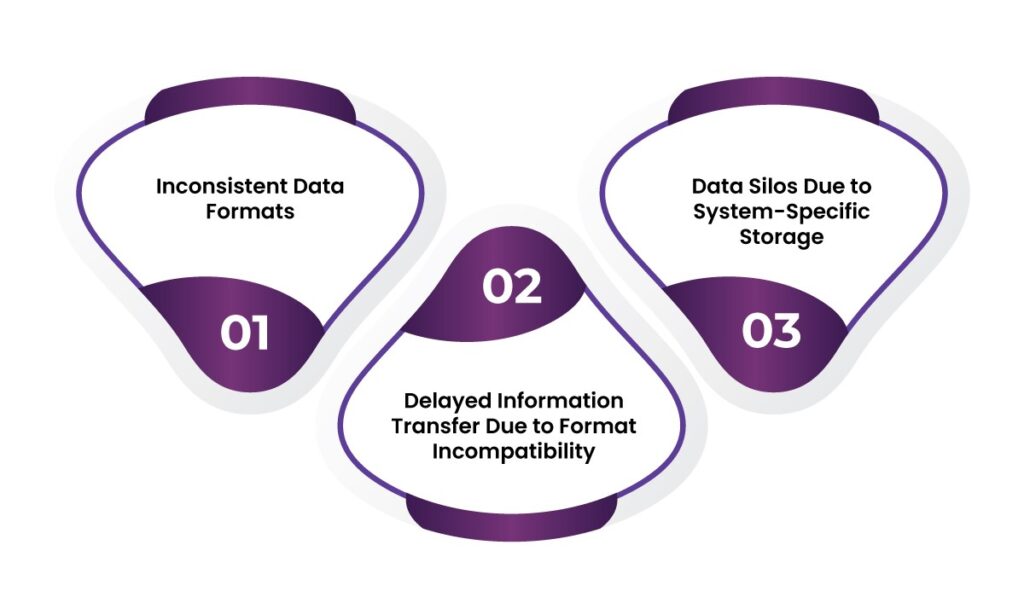
How AERIS Facilitates Real-time Data Sharing in Healthcare
By leveraging interoperability standards and cutting-edge integration capabilities, AERIS eliminates data silos and enhances collaboration between pharmacies and labs.
1. Standards-Compliant Communication
AERIS is built on globally recognized interoperability standards like HL7 and FHIR. This allows pharmacies and labs to share critical health records—such as prescription data, lab reports, and medication history—without compatibility issues.
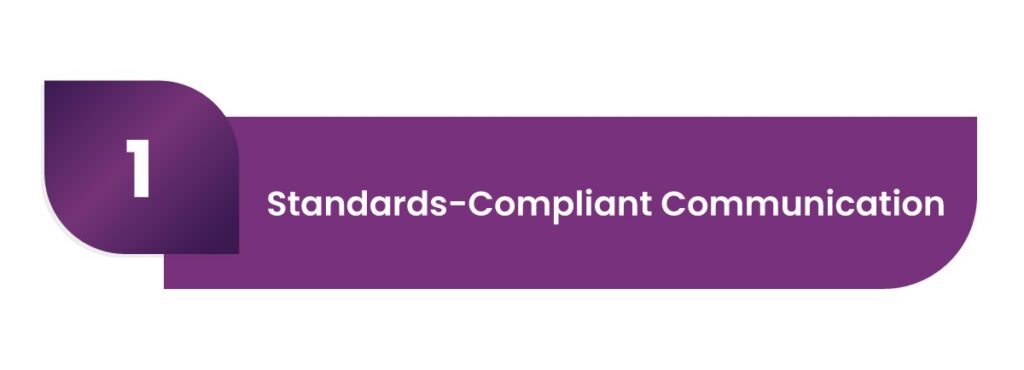
2. Instantaneous Data Exchange
AERIS makes real-time data sharing in healthcare a reality. For example, when a diagnostic lab completes a patient’s blood test, the results are immediately available to the prescribing pharmacist. This eliminates delays in medication dispensation and helps pharmacists make informed decisions.
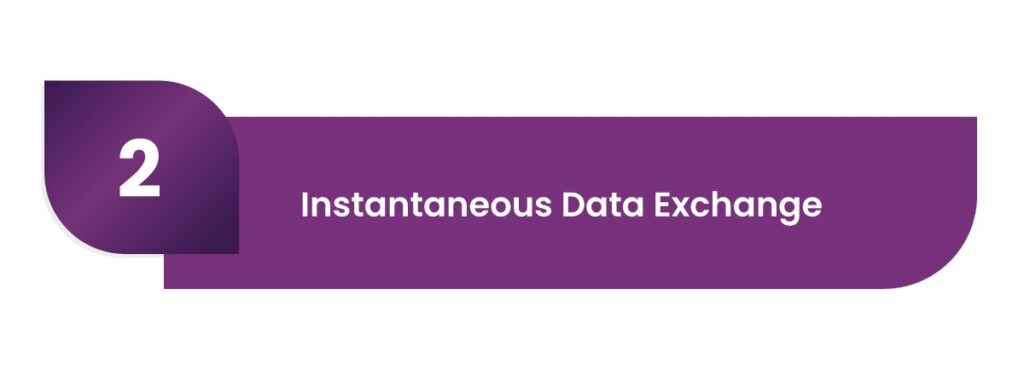
3. Data Normalization for Unified Access
Pharmacies and labs use different software systems, which often leads to challenges in data interpretation. However, with AERIS, providers can standardize data using existing data templates. This helps convert disparate data formats into a unified structure. As a result, pharmacists and lab technicians work with clean, structured data, reducing administrative workload and improving efficiency.
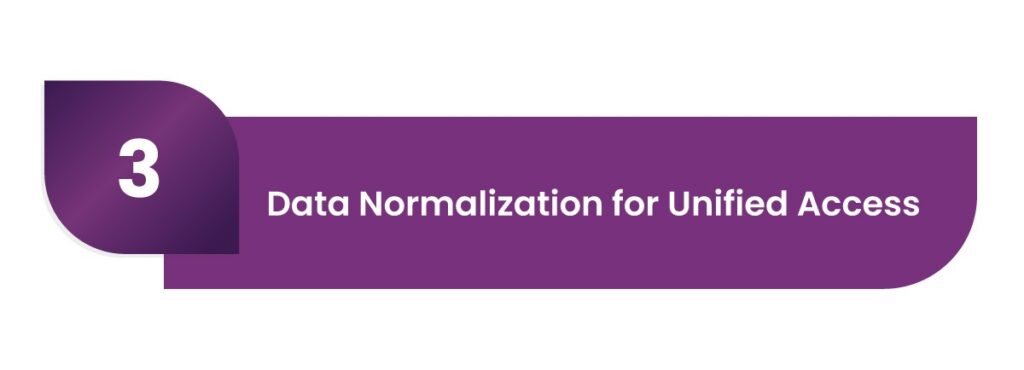
4. Data Adapters for Legacy and Modern Systems
Many pharmacies and labs still use legacy systems that do not support modern integration methods. AERIS overcomes this challenge with custom-built data adapters that enable connectivity between traditional software, IoT devices, and cloud-based applications. For example, if a lab machine generates results in a proprietary format, AERIS converts the data into a standardized format that the pharmacy system can process instantly.
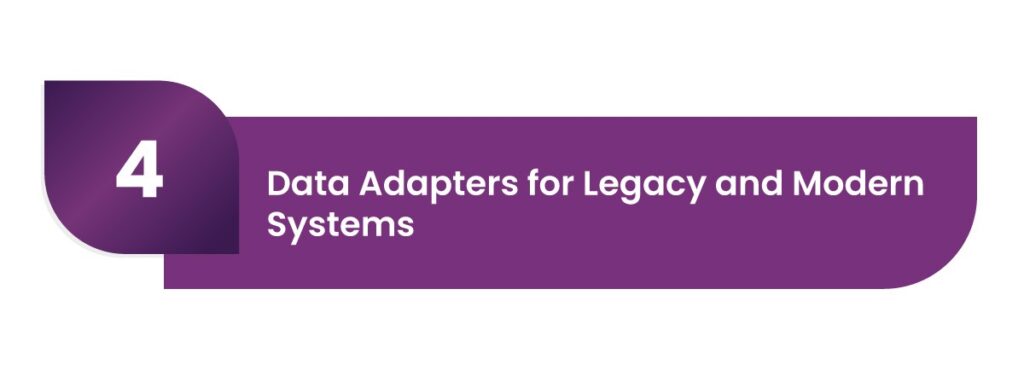
5. Master Data Management (MDM) to Prevent Errors
Duplicate or inconsistent patient records often lead to incorrect prescriptions or redundant tests. However, AERIS consolidates and maintains high-quality data by providing a single, accurate source of truth for patient information. Therefore, it enhances coordination between pharmacies and labs by eliminating duplicate records and inconsistencies.
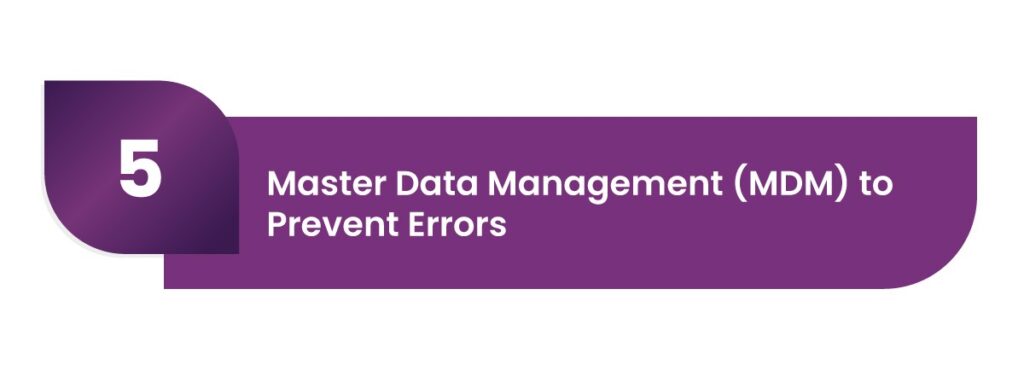
6. Strengthened Security and Regulatory Compliance
a. Data Encryption for Privacy Protection
AERIS employs advanced encryption techniques such as AES (Advanced Encryption Standard) and TLS (Transport Layer Security) to safeguard patient data both in transit and at rest. This encryption process converts data into unreadable formats, making it highly resistant to unauthorized access.
b. Role-Based and Context-Aware Access Control
AERIS incorporates role-based access policies to limit system interactions. Likewise, context-aware security measures assess factors like time, location, and device used for system access, further strengthening protection against unauthorized data exposure.
c. Transparent Auditing for Accountability
Every action within the AERIS platform is meticulously logged. These logs document who accessed data, what changes were made, and when these actions occurred. This transparency promotes accountability among healthcare professionals and simplifies investigations in case of discrepancies or security concerns.
d. Alignment with Global Regulatory Standards
Healthcare organizations must comply with stringent regulations to protect patient data and avoid legal repercussions. AERIS aligns with industry standards like HIPAA (Health Insurance Portability and Accountability Act) to help providers handle patient information responsibly. By incorporating built-in compliance measures, AERIS reduces the risk of regulatory violations and strengthens overall data governance practices.
As more healthcare organizations adopt FHIR-based platforms like AERIS, standardized data exchange will become the norm, eliminating inefficiencies and making personalized medicine more accessible.
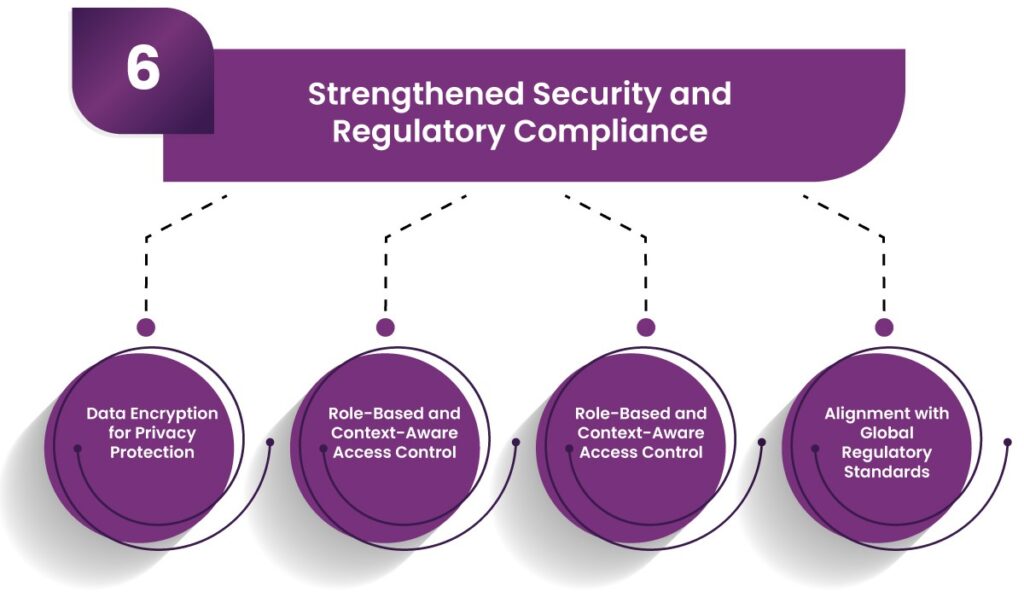
Final Thoughts
By leveraging real-time data sharing in healthcare, labs and pharmacies can significantly improve communication, minimize errors, and accelerate treatment processes.
AERIS makes this vision a reality. Whether it’s enhancing data accuracy, streamlining workflows, or strengthening security, AERIS is designed to optimize healthcare data exchange for better patient outcomes. If you’re ready to transform your lab-pharmacy data flow, explore how AERIS can revolutionize your healthcare operations. Contact us today and get a free consultation.
FAQs
1. How does real-time data sharing in healthcare improve lab and pharmacy communication?
By integrating interoperability standards like HL7 and FHIR, real-time data sharing in healthcare eliminates format mismatches between lab and pharmacy systems. This allows for faster access to test results and reduces manual data entry errors.
2. What challenges do labs and pharmacies face without real-time data sharing?
Without real-time data sharing in healthcare, labs and pharmacies deal with issues like delayed information transfer, inconsistent data formats, and disconnected storage systems. These barriers slow down treatment and increase administrative workload.
3. How does AERIS help facilitate real-time data sharing between labs and pharmacies?
AERIS standardizes communication using HL7 and FHIR, enabling seamless real-time data sharing in healthcare. It converts disparate data formats, automates workflows, and connects legacy systems with modern applications.
4. Can real-time data sharing in healthcare reduce medication errors in pharmacies?
Yes, real-time data sharing in healthcare helps pharmacies access the latest lab results and prescription updates immediately. This prevents errors like incorrect dosages or contraindicated medications due to outdated information.
5. What role does data encryption play in real-time data sharing in healthcare?
Data encryption protects patient information during real-time data sharing in healthcare by converting sensitive data into unreadable formats. Techniques like AES and TLS safeguard records from unauthorized access during transmission and storage.
6. How does real-time data sharing in healthcare support regulatory compliance?
Platforms like AERIS align with industry standards such as HIPAA by securing data exchange, implementing role-based access control, and maintaining transparent audit trails for accountability.
7. What are data adapters, and how do they improve real-time data sharing in healthcare?
Data adapters bridge legacy systems and modern cloud-based platforms, translating outdated data formats into standardized structures. This allows seamless real-time data sharing in healthcare, even in facilities using older software.














